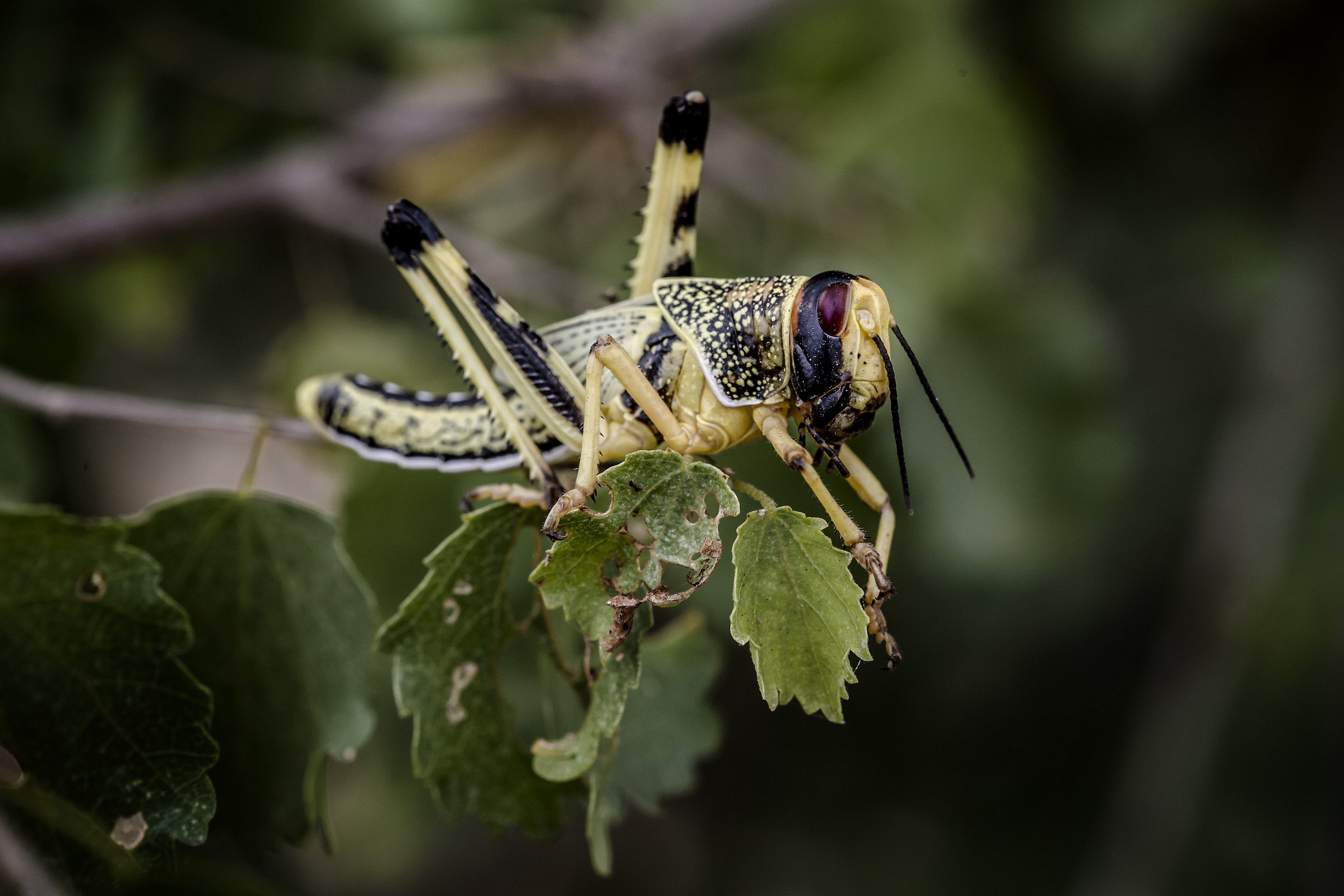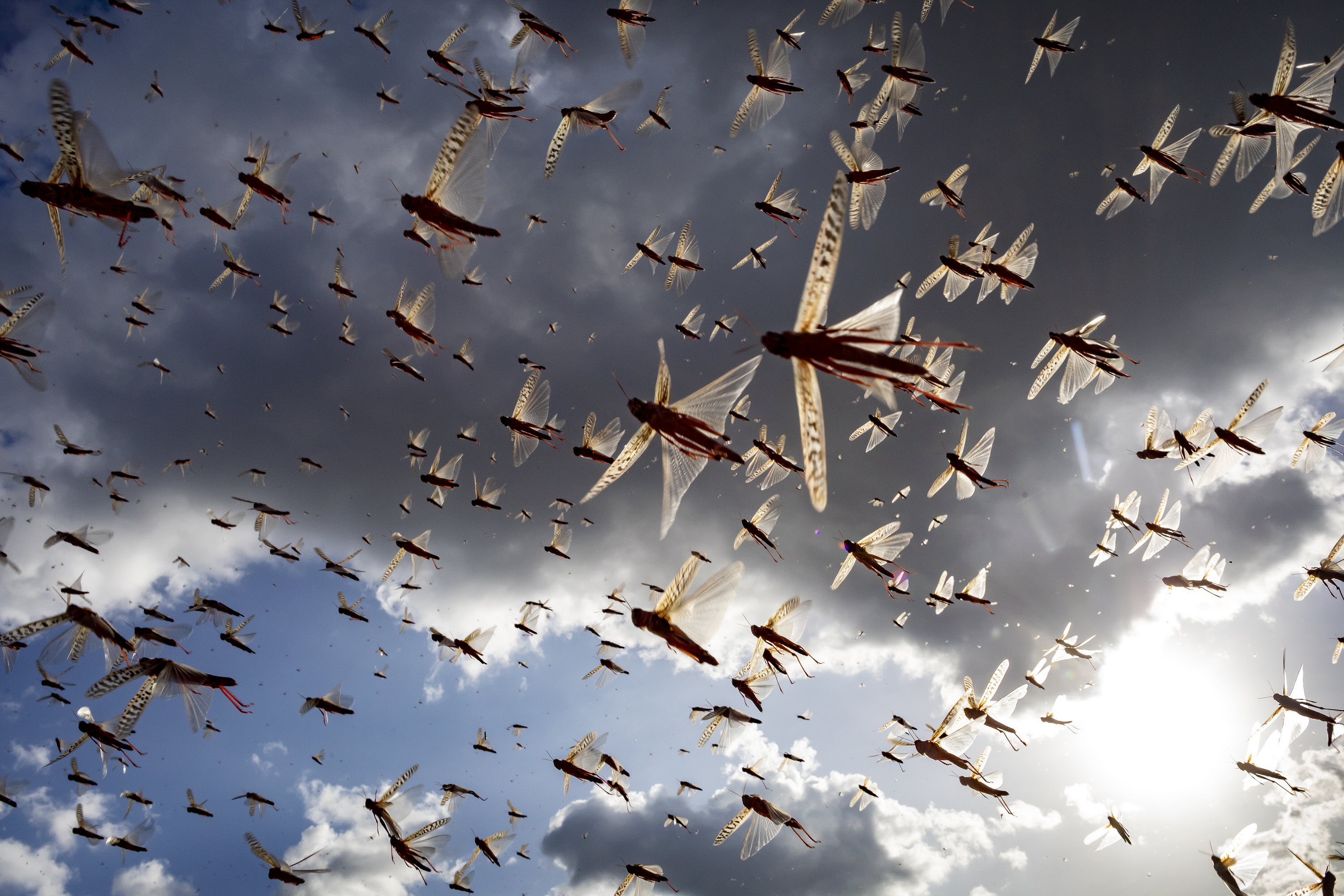2 March 2024: Second-generation breeding

Key points
- Overview: There a five Desert Locust outbreaks along the Red Sea and Gulf of Aden coast: Egypt, Eritrea, Saudi Arabia, Somalia, and Sudan.
- Current situation: Second generation of hopper groups, bands, and immature adult groups.
- Control: Operations decreased in February compared to January.
- March–April: Locusts will decrease because of control operations, diminished rainfall, and drying vegetation and limited small-scale breeding could occur in the spring; consequently, countries must maintain survey and control efforts.
The Desert Locust outbreaks along the Red Sea and Gulf of Aden coast in the Central Region continued during February.
The second-generation breeding occurred with hatching and hopper groups and bands, followed by groups of immature adults during the second half of the month. The vegetation remained green in most places despite the scarcity of rain. However, the Red Sea coast between northeast Sudan and southeast Egypt, and the central coast of Eritrea, were starting to dry out. The coast of southeast Egypt saw the migration of a few first-generation swarms to the Nile Valley, with a few heading south to Sudan. Control operation continued but decreased compared to January.
The forecast indicates that locust numbers will decrease along the Red Sea and Gulf of Aden coast due to control efforts, decreased rainfall, and drying vegetation. As a result, only small groups will remain that could move to the interior along the Nile River in Egypt and Sudan, the coast and interior of Saudi Arabia, and the plateau of northwest Somalia, where limited spring breeding is likely to occur. Weather models indicate rain in parts of southern Yemen, southeast Iran, and southwest Pakistan, where limited small-scale breeding could occur in the spring.
Download full Desert Locust bulletin: https://www.fao.org/locust-watch/en



